It is tough to find a corner not to like in Ladakh. Whether you are coursing through some popular routes, taking a detour to join the mountain shepherds, or hiking through some of the world’s most stunning mountain scenery, there remain two constant feelings of tranquillity and serendipity. And while the existence of best preserved tantric Buddhist societies, or the rugged snow-capped mountains and deep turquoise lakes that dot this high-altitude desert make Ladakh one of the most otherworldly, picturesque places on earth, its unspoiled, traditional villages preserve the Ladakhi spirit and vibe.
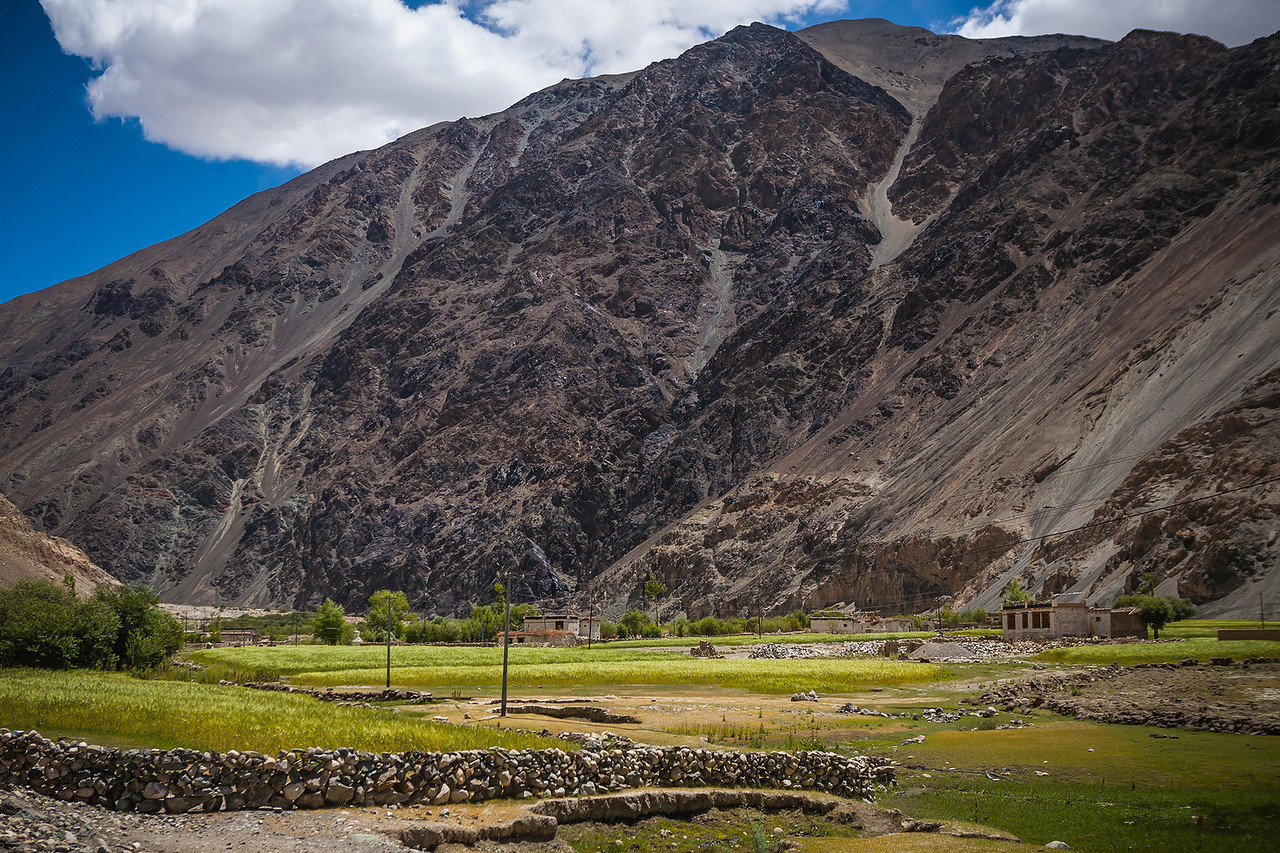
Stok, a quaint village some 15 kilometers from the city of Leh, provides the needed antidote to the frenetic pace of the Leh city. It also holds the most precious truths of the Ladakh history, the tales of a Himalayan war that changed the Ladakhi history, and the ancient relics that are emblems of Ladakhi heritage. And the best way to enjoy Ladakhi hospitality is always by opting for a home stay in the village, and if you wish to be closer to history and heritage, there stands a living palace which has seen the history take many turns. Traditional Ladakhi houses have a unique design built with sun-baked mud bricks and wooden beams of poplar and willow. And you can find it characteristic of the building, no matter it’s a humble home stay or the Stok Palace, a part of which is now turned into a heritage hotel. The bricks in the houses are plastered with clay and then whitewashed. The interiors are usually spruced up with local materials and designs. You may often chance upon frescoes from a tale from Buddhist religious books in houses. Tibetan carpets adorn the floors and Ladakhi coffee tables sit on the roof terrace. The living room will have paintings hung on the walls, and short tables with a mattress alongside doubling as spaces to sit. Although simple and minimalist, the comfort level in Ladakhi houses is surprising.
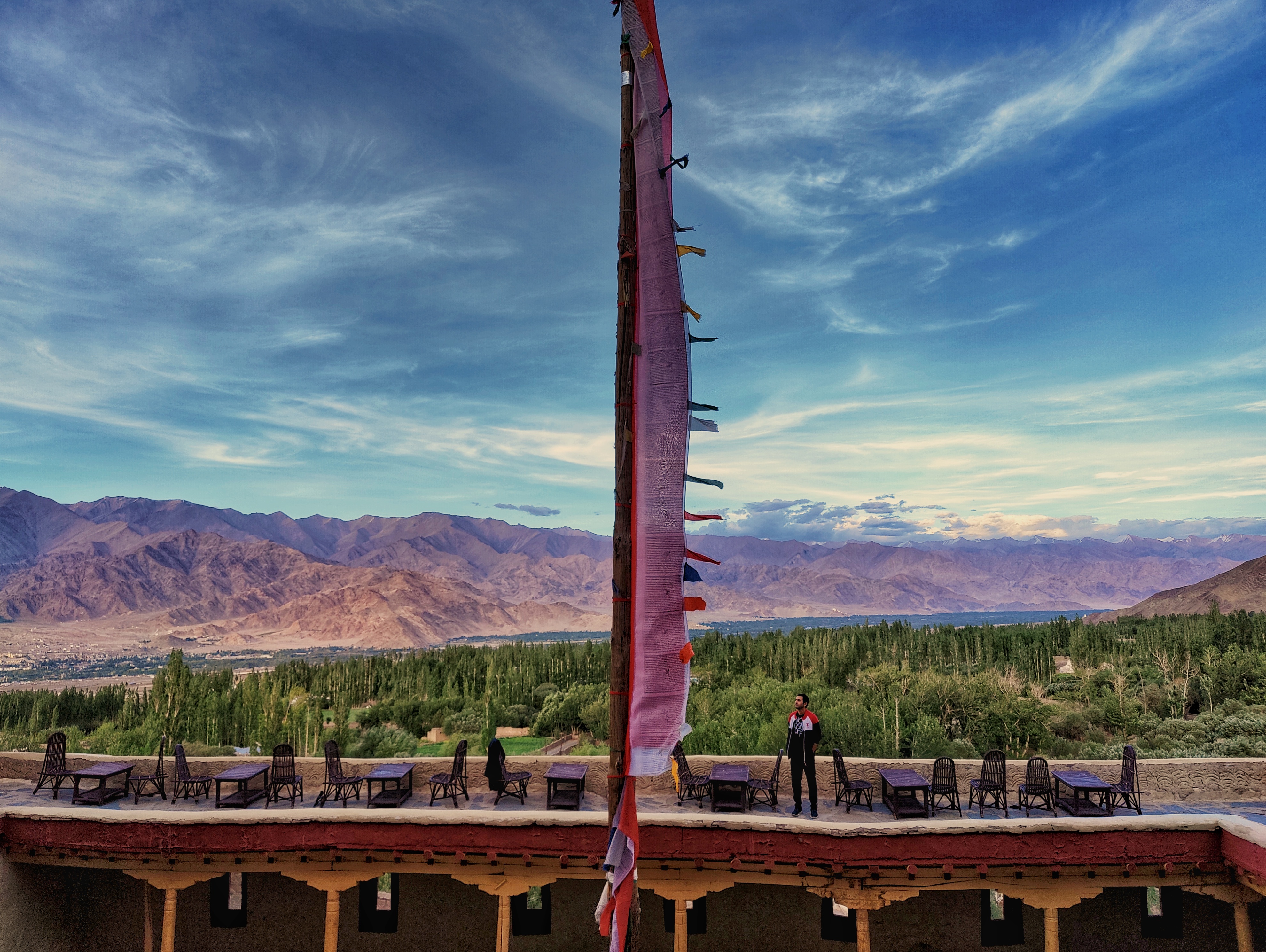
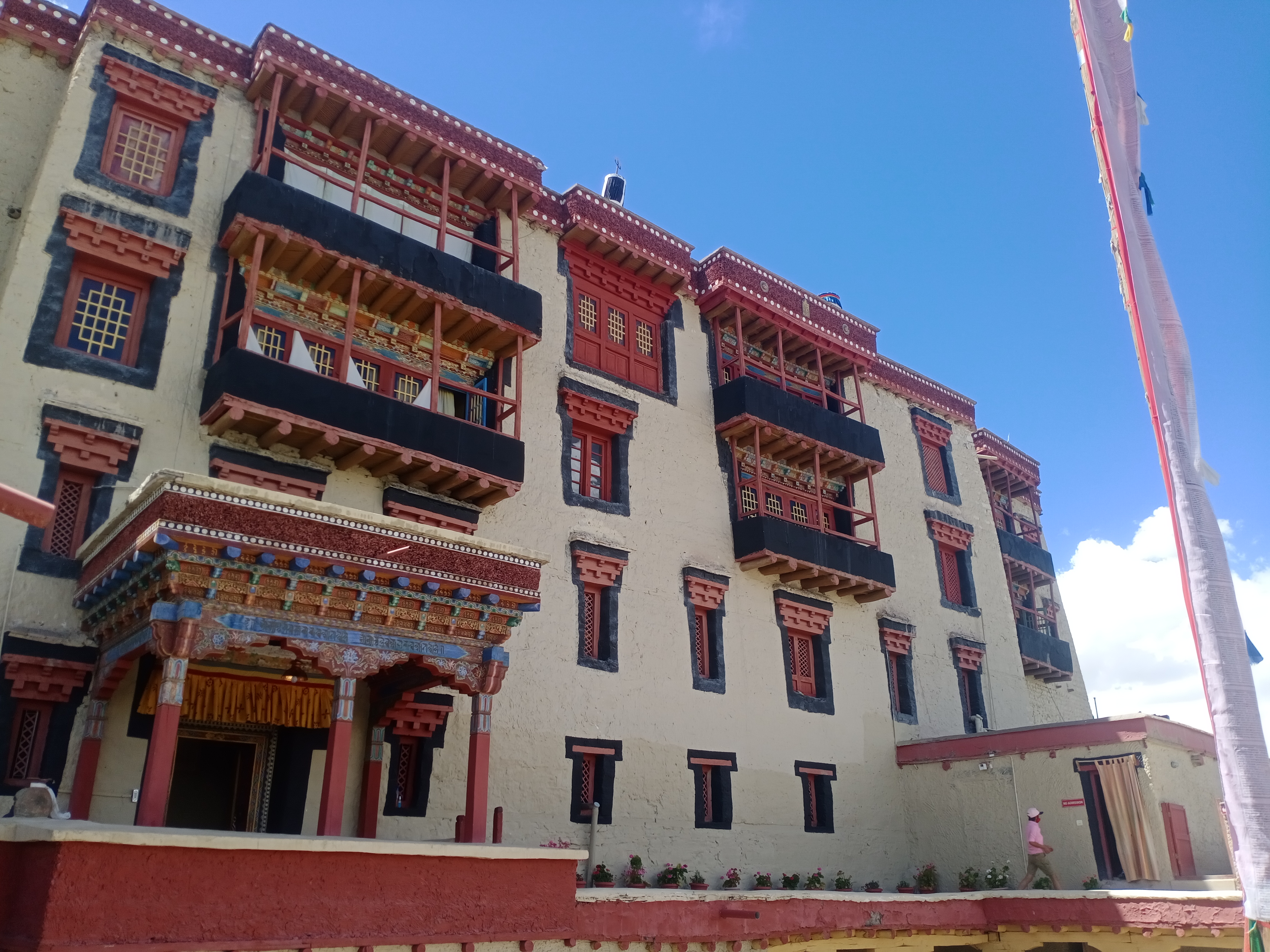
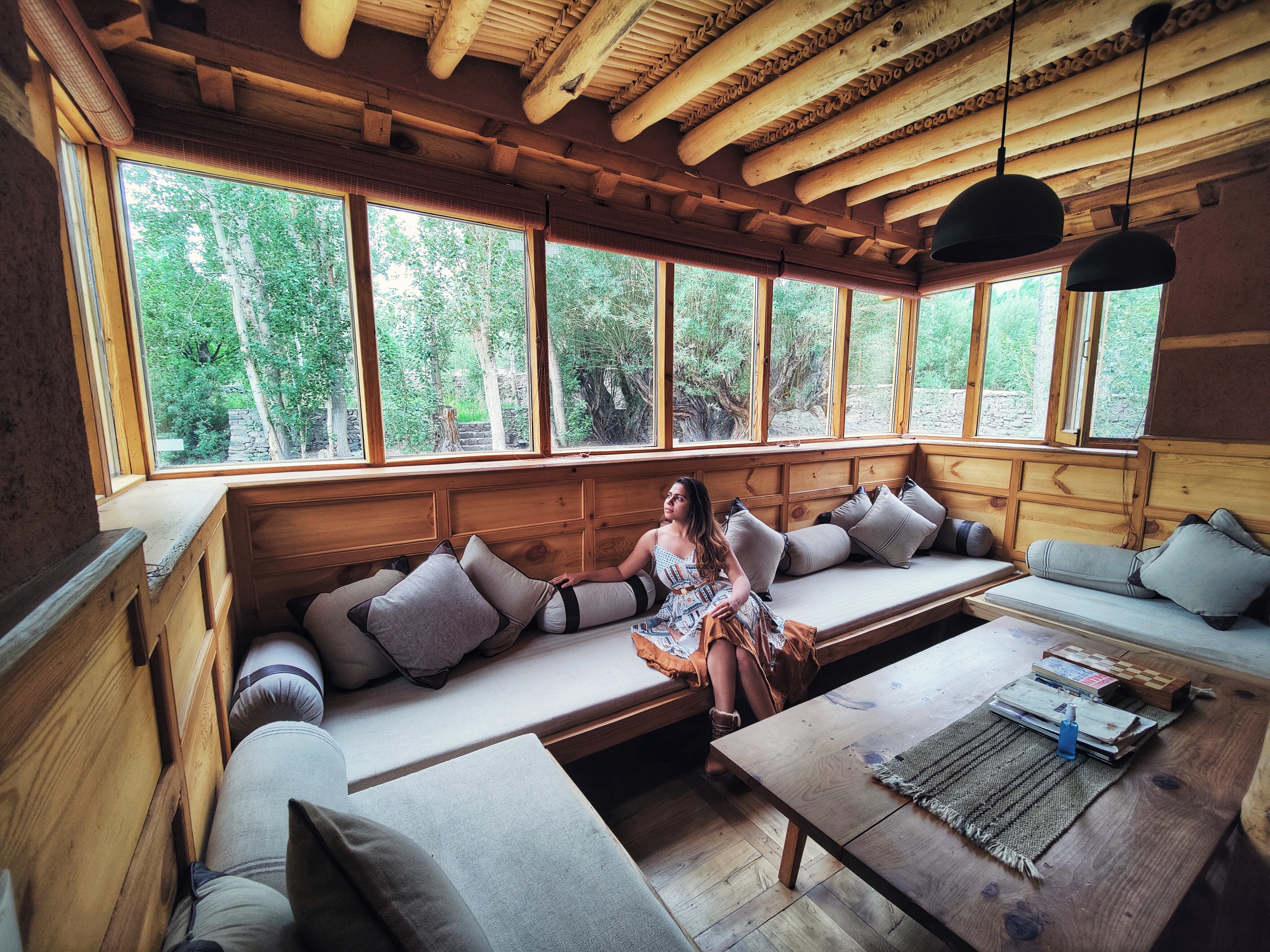

But Stok village is more than just a nice stay, captivating ways of clouds, or a dip in Ladakhi village life. Stok has its share of history. And perched on top of the hill, overlooking at the village as some royal guardian is the Stok Palace, a tell-take sign of this history and heritage. The Stok Palace was built in 1822, as a smaller retreat, since the main palace of the Namgyal dynasty was the Leh Palace, across the Indus. After the Ladakh kingdom was annexed by the Dogra rulers of Kashmir, the Namgyals were made the jagirdars of Stok village, and Stok palace became their main palace. It’s still a living palace where the Namgyal dynasty lives. A part of the palace is converted into a heritage hotel, and a part has been turned into a museum that showcases the artefacts of the dynasty. The palace also hosts the Stok monastery, while another has come up at a little distance with a giant statue of Lord Padmasambhava.
From the ramparts of the Stok Palace, the village looks like a green oasis in the wide, far reaching cold desert, bound on all sides by the lofty, brown, seemingly lifeless mountain peaks. And even the random conversations with locals bring out the harsh realities of climate change these villages face every season. The temperatures are increasing, and with that rains in the rain-shadowed area. This increases the growth of vegetation, which influences local weather. Locals talk at length about impending water scarcity, changing crop patterns and livelihoods. Far away the social impacts become more evident. The pastures, which once defined the social and cultural lines of Ladakh, are now overrun by wild, invasive species. The elders in the village have their different take as the onslaught of modernity takes the younger generation away from the old, pastoral Ladakhi way of life.
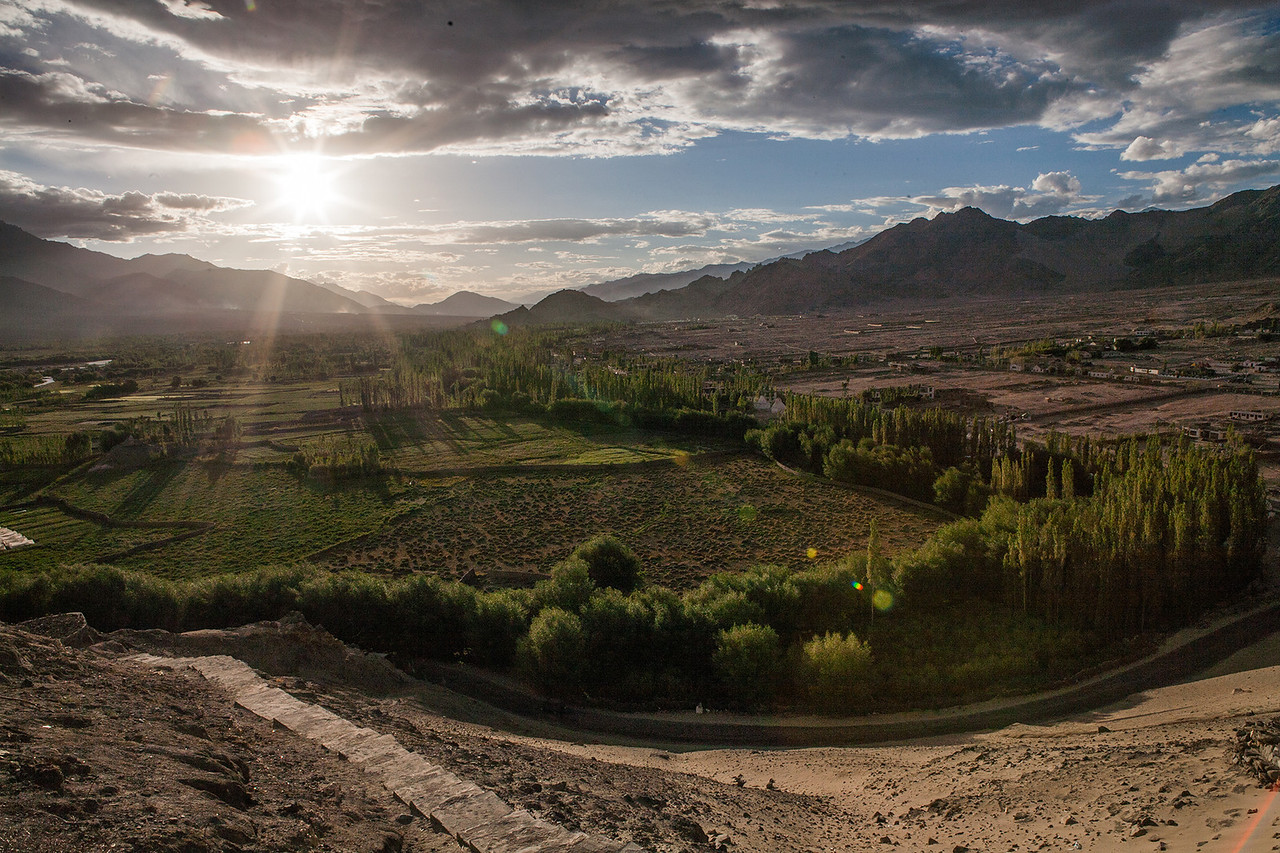
The Stok village can be best enjoyed through a nice stroll across the village, without following any standard itinerary. The gompas on the roads guide one’s way as one reaches the other end where the giant statue of Lord Padmasambhava stands. From there one can see the foot of the Stok Kangri mountain peak, which is also the base of the famed Stok Kangri trek, and the start of the Karakoram mountain range. The village itself, an intriguing network of grey stone walls, is situated at the snow-clad foothills of the mighty mountains in Ladakh. The people here will welcome you into their homes like their own – and you can get a real experience of Ladakh while you stay with them, cook with them and eat with them. And often the ingredients used for cooking are sourced locally. Though Stok may not be a textbook offbeat village, but it has every essential ingredient to get you a touch of authentic Ladakhi culture, preserving a unique culture of its own. And of course, surreal panoramic views of the mountain desert, with the Khardungla pass and Stok peak on either sides, and the vicinity to the mighty Indus. The Stok village reminds that even a moon-like landscape, where nature reigns supreme, holds cultural values and tales of brutal wars that changed the history of the pace. They need our audience, as they tell these tales in their unique ways.


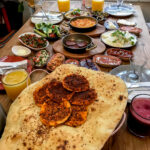





Beautiful pictures, Akash
Thanks a lot Arv
[…] Read more about my travels in Ladakh – Pangong Tso, Nubra Valley, and Stok village. […]
[…] time and be here”. I could relate to her. The Palace sits on the top of a hillock overlooking the Stok village, with the Khardungla pass and Stok peak on either side overlooking it as royal […]